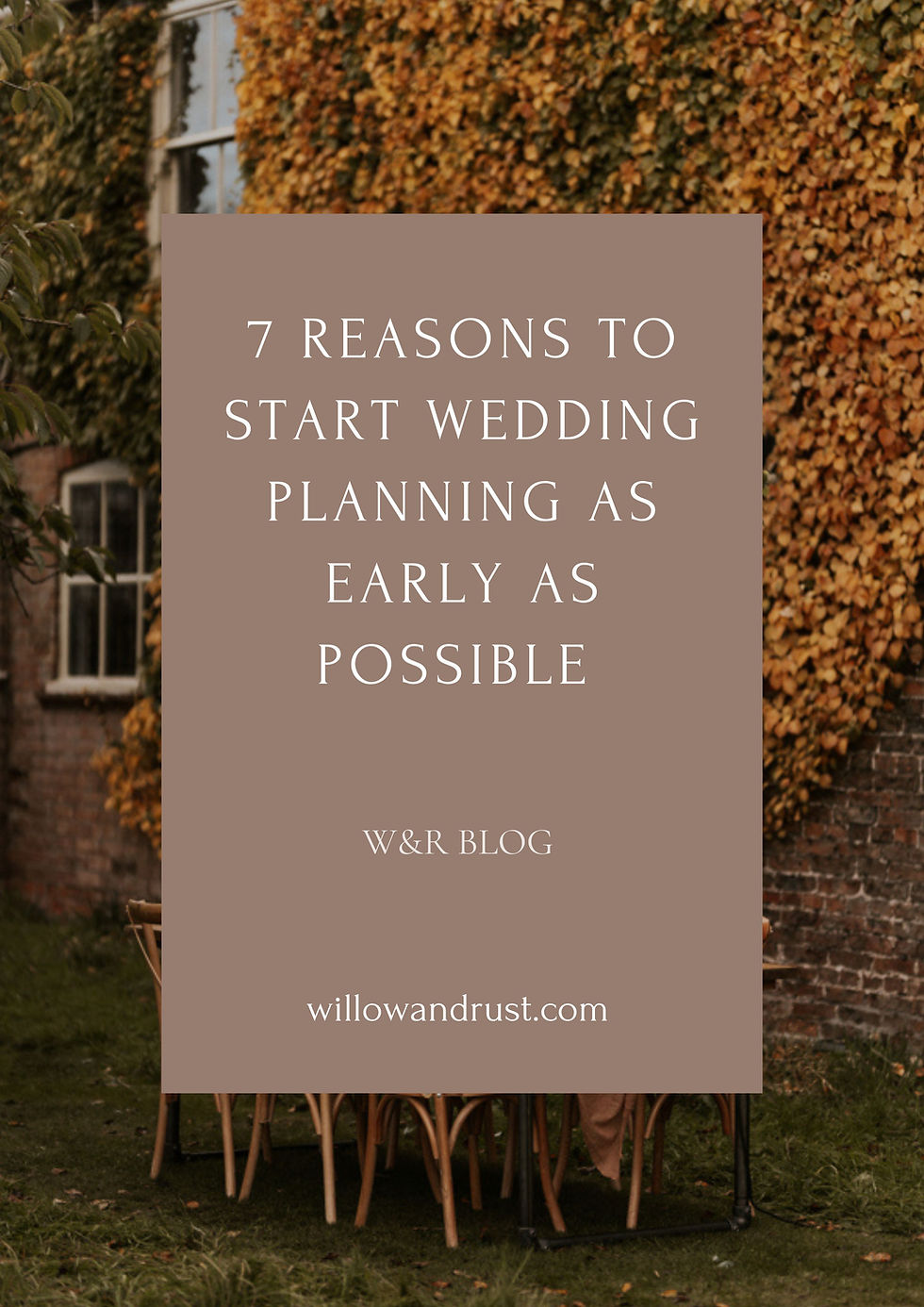7 Ways to make your Grazing Table more Sustainable
 Samantha Withey
Samantha Withey- Aug 15, 2023
- 3 min read
Updated: Oct 2, 2024

Grazing tables are the new buffet. Gone are the sausage rolls, vol au vents and finger sandwiches to make way for artisan breads, speciality cheeses, cured meats and fresh fruit and vegetable sticks as well as amazing sweet creations. But traditionally buffets are known for their wasted food as you are always encouraged to over order rather than run out of food for your guests. So with this in mind, can you have a sustainable grazing table?
The answer is yes, you can definitely make your table more sustainable by making the right choices.
1. Picking local suppliers and businesses

Buying local produce supports local businesses and farmers, preserving farmland and helping the local community to thrive. It also reduces transport as the food doesn't have to travel long distances to get to shops and other distributors, this in turn cuts down on fossil fuels, air pollution and greenhouse gases.
2. Choosing seasonal items and ingredients
Seasonal food is often grown much closer to home, so choosing these foods not only supports your local community, but reduces the environmental impact of transporting food long distances. Food grown locally also needs fewer chemicals, fertilisers and pesticides, this in turn reduces soil, water and air pollution. For these reasons, buying seasonal food helps reduce your carbon footprint and is a more sustainable choice. Plus, seasonal food is more tasty as it has ripened naturally and is often cheaper as there is more of it around.
3. Buying organic produce

Many local farmers and growers produce organic produce, this means no harmful chemicals, fertilisers and pesticides have been used which is better for us and the environment as no harmful pollutants are seeping into the soil and water supplies. Organic produce also tastes and looks better.
4. Choosing fresh not prepackaged
When you buy food from your local butcher, farm shop or delicatessen it's generally not packaged in lots of unnecessary plastic. Plus, you get to choose every piece of fruit and veg yourself so you can make sure your table looks perfect! Our local Butcher uses paper and our Farm shop uses recycled brown paper bags, of course if you take your own reusable bags then that's even better!
Making your grazing table more sustainable is not just about what you put on it it's also about how you display the food, how you serve the food and what happens to the left overs.
5. How you display your food

Photo credit @ekrpictures
You want to make sure that your table looks beautiful and inviting but you also want to be sustainable. Think about the linen, use natural fabrics, or if you have a beautiful wooden table then use this as your base. Then you can put a lot of the food straight onto the table, this really helps with the feeling of abundance and opulence, everything piled up and mixed together. For any items that do need to be displayed on something then look at using wooden boards and pottery instead of disposable pieces. If you don't have these items yourself and can't borrow them, then consider hiring them rather than buying.
6. How you serve your food
You will need something for your guests to put their food on, again consider hiring plates and cutlery rather than buying. If you really want to avoid the washing up and use disposable, for plates then bamboo or recycled cardboard options are the best and for cutlery you can't really beat bamboo. Bamboo is the most sustainable option at the moment, as it is a grass it does not need to be replanted it simply grows new shoots when it has been harvested.
7. What you do with the leftovers
No matter how careful you are with what you choose and not over ordering there will always be leftovers. But the important part is what you do with those leftovers. Depending on what there is and how much, you could give them to your guests to take home, or if you're all staying at the venue you could arrange a buffet brunch the next day before people leave. Other options would be to arrange with a local charity or homeless shelter to take the leftovers over to them the day after. This would need to be arranged in advance.
As with most aspects of your wedding, just because you want your day to be sustainable it doesn't mean you have to compromise on what you want or how it looks. There are always ways around it or alternatives to ensure your day has as little negative impact as possible on the environment.
For more ideas for your sustainable event check out my other blog posts here, or visit my website to see how I can help you with planning and styling your day.




Comments